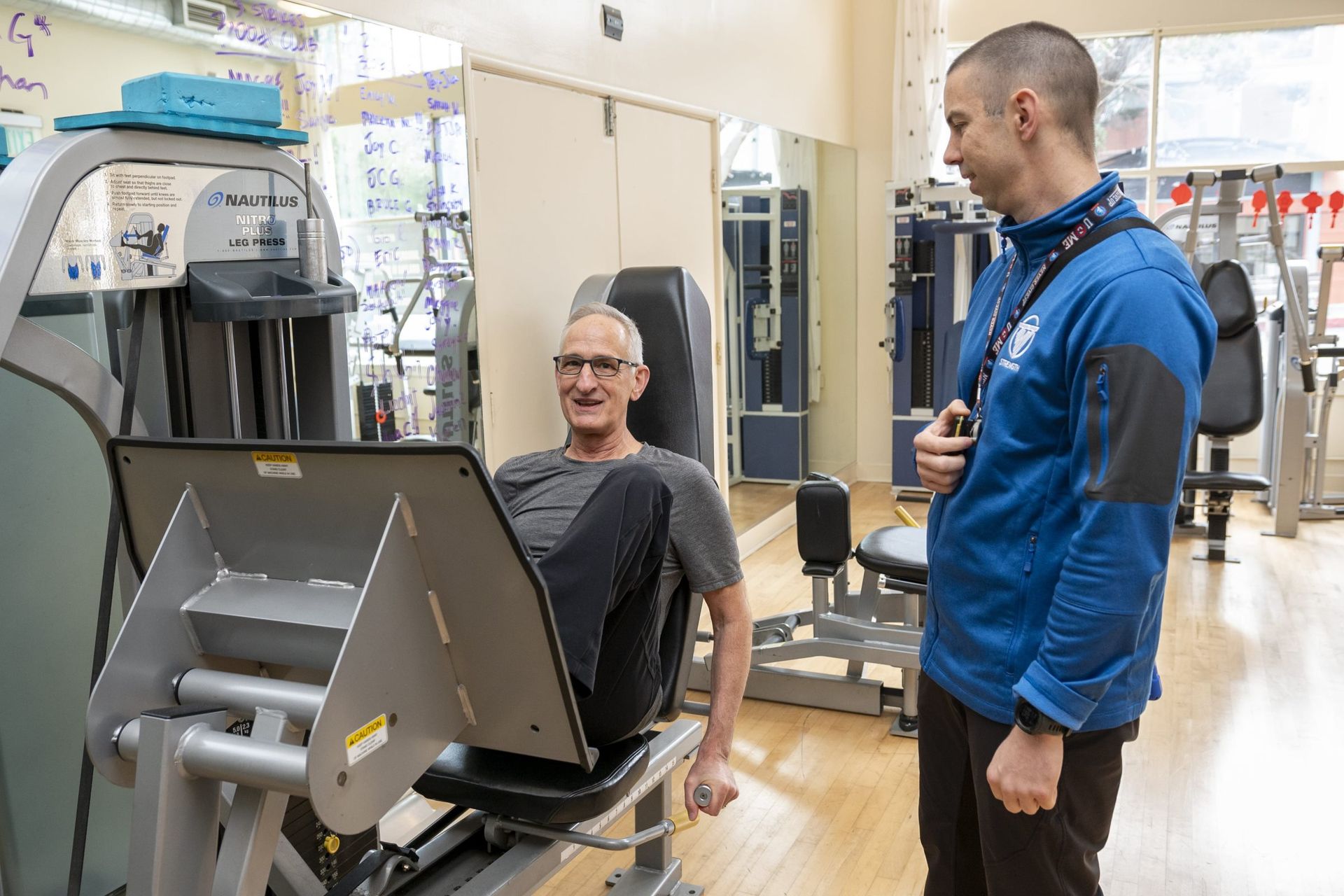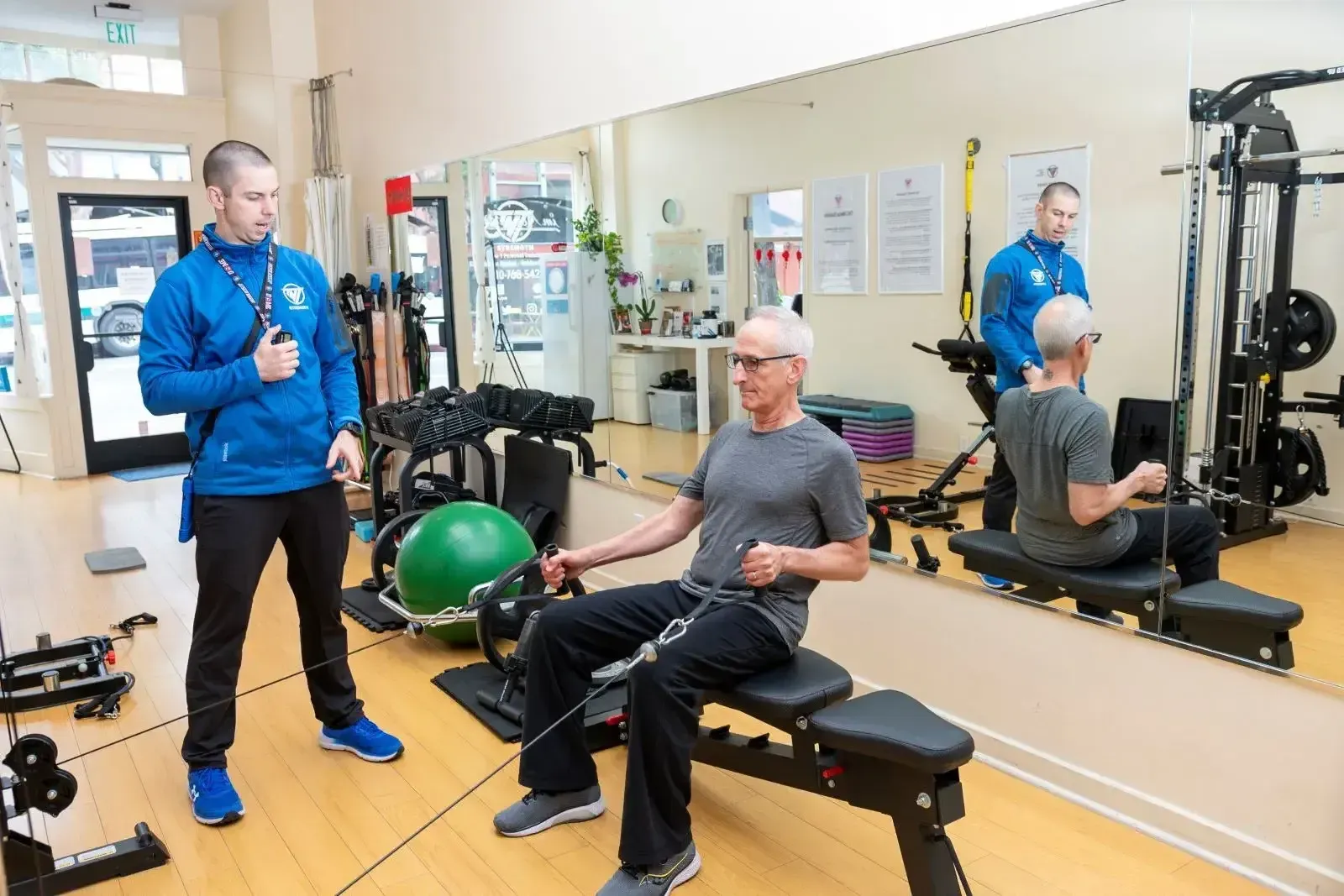Safe, Efficient Strength Training: Minimum Effective Dose For Maximum Results
At TNT Strength, we do things differently. We’re in the business of results, not rituals. That means no fluff, no filler—just safe, efficient, effective training using the Minimum Effective Dose (MED).
Let’s face it—most people waste a ton of time in the gym.
Between the scrolling, the chatting, and the endless sets with no real purpose, it’s no wonder so many folks spin their wheels for months or years without making meaningful progress.
At TNT Strength, we do things differently. We’re in the business of results, not rituals. That means no fluff, no filler—just safe, efficient, effective training using the Minimum Effective Dose (MED).
So what is the MED?
It’s the smallest amount of work needed to stimulate a positive adaptive response. In other words, just enough training to force your body to grow stronger—no more, no less.
Let’s break it down.
Why One Set to Failure Works
When it comes to building strength, quality trumps quantity every single time.
Performing one set of an exercise to momentary muscular failure—where you literally cannot perform another perfect rep—maximizes muscle fiber recruitment. Once you reach that point, you’ve signaled the body that it needs to adapt. Continuing to do more sets beyond that doesn’t make the signal stronger—it just adds unnecessary wear and tear and delays recovery.
Remember, you don’t get stronger from training—you get stronger from recovering after training.
Volume, Frequency & the Power of Recovery
Most traditional programs rely on high volume and frequent workouts. That’s fine for a genetically gifted 20-year-old living in the gym with a nutritionist and massage therapist on speed dial.
But for real people—busy professionals, parents, folks over 40—less is more.
- Volume: One set per exercise is enough, provided the intensity is high and the effort is maximal.
- Frequency: Full-body workouts done 1–3 times per week work great for most people.
- Recovery: Your body needs time to rebuild. If you're not getting stronger, you're probably not recovering.
Recovery isn’t just about resting. It includes adequate sleep, good nutrition, hydration, and stress management. Without recovery, training is just beating yourself up.
A Sample Brief, Intense, and Safe Full-Body Routine
Here’s a minimalist full-body strength training session using the TNT approach. Each exercise is performed for one controlled set to momentary muscular failure using excellent form.
TNT Full-Body Routine – 1 Set Each to Failure
- Leg Press or Squat (Quads, Glutes)
- Chest Press or Push-Up (Chest, Triceps)
- Pulldown or Chin-Up (Back, Biceps)
- Overhead Press {Using any tool} (Shoulders, Triceps)
- Glute Ham Developer or Leg Curl (Hamstrings)
- Calf Raise {Using any tool} (Calves)
- Back Extension or Deadlift Variant (Low Back, Glutes)
- Abdominal Crunch or Plank (Mid-Section)
Guidelines:
- Perform each rep in a slow, controlled manner (e.g., 3-5 seconds up, 3-5 seconds down).
- Use a weight that brings you to failure in 45–90 seconds.
- Focus on perfect form. When your form begins to break, you're done.
- Rest at least 48–96 hours between sessions. Train 1–3 times per week depending on your recovery.
That’s it. Eight exercises. One set each. You're in and out in 20–30 minutes.
And here’s the kicker: It works. We’ve used this approach with clients of all ages, from total beginners to seasoned athletes. When you train with intensity, consistency, and respect for recovery—you don’t need more.
TAKU's NOTE:
Strength training doesn’t have to be complicated to be effective. In fact, the simpler your approach, the easier it is to stay consistent—and consistency is the secret weapon of long-term success.
Using the Minimum Effective Dose, we strip away everything that doesn’t matter so you can focus on what does: getting stronger, staying safe, and living your best life outside the gym.
Train hard, recover fully—and remember:
People ask me how to train, and I answer, "look at what most people do, and then do the exact opposite."
References: https://pmc.ncbi.nlm.nih.gov/articles/PMC8449772/
Experience the TNT Strength difference with a free workout.
START YOUR FITNESS TRANSFORMATION WITH A
FREE WORKOUT
Complete the form and we'll set up an appointment for you.















